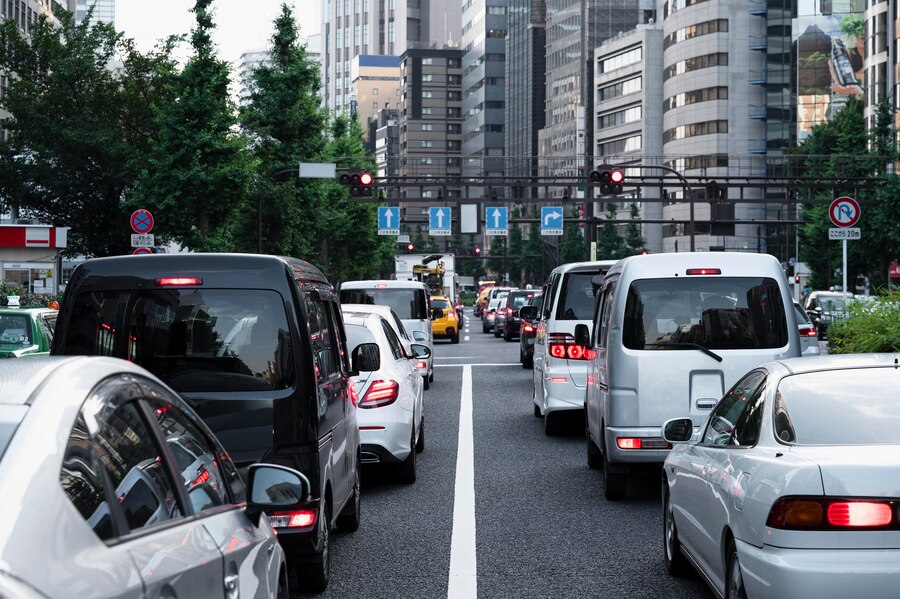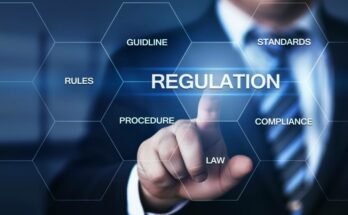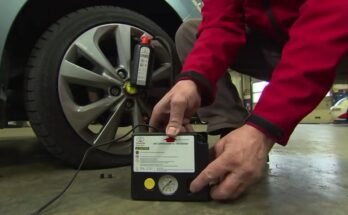Traffic laws exist for several crucial reasons. They provide a structured framework for the safe and organized movement of vehicles and pedestrians, ultimately contributing to the overall well-being of society.
Related: Car Dashboard Warning Lights You Should Know About
Efficient traffic rules are essential in modern societies to ensure the safety, orderliness, and smooth flow of traffic. They promote responsible driving behavior among people that helps prevent accidents and protect vulnerable road users. Here are several key traffic rules and practices that contribute to efficient traffic management in contemporary urban environments:
- Traffic Signals and Signage: Clear and visible traffic signals, road signs, and lane markings provide important information to drivers, pedestrians, and cyclists. These visual cues help in regulating traffic flow, indicating when to stop, go, or slow down.
- Speed Limits: Establishing appropriate speed limits based on road conditions, urban density, and potential hazards is crucial. Speed limits help in reducing accidents and ensuring that drivers maintain a safe speed suitable for the specific area.
- Lane Discipline: Encouraging drivers to stay within their designated lanes helps in maintaining an organized flow of traffic. Lane discipline reduces congestion and minimizes the risk of collisions.
- Priority Rules: Clearly defined rules about who has the right of way at intersections, roundabouts, and pedestrian crossings help prevent conflicts and ensure a smooth traffic flow.
- Pedestrian Safety: Strict rules protecting pedestrians, such as designated crosswalks, pedestrian signals, and enforced speed limits in pedestrian zones, are vital. Pedestrian safety measures promote walking and reduce accidents involving pedestrians.
- Public Transportation Priority: Providing priority lanes for buses and other forms of public transportation encourages their use, reduces traffic congestion, and promotes environmentally friendly commuting options.
- Cycling Infrastructure: Developing dedicated cycling lanes and safe infrastructure for cyclists encourages cycling as a mode of transport. Cyclists need clear lanes and signals to navigate urban areas safely.
- Enforcement and Penalties: Strict enforcement of traffic rules through fines, penalties, and license point systems deters reckless driving and encourages compliance. Visible law enforcement presence can deter violations.
- Smart Traffic Management: Implementing intelligent traffic management systems, including real-time traffic monitoring, adaptive traffic signals, and predictive analytics, helps optimize traffic flow. These systems can dynamically adjust signal timings and manage traffic congestion in response to changing conditions.
- Education and Awareness: Public awareness campaigns and educational programs inform people about the importance of following traffic rules, respecting pedestrians, and practicing responsible driving habits.
- Parking Regulations: Efficient management of parking spaces, including designated parking zones and time limits, prevents illegal parking and ensures the availability of parking spaces for everyone.
- Strict Drunk/ Distracted Driving Laws: Stringent laws and penalties against drunk driving and using mobile phones while driving reduce the risk of accidents caused by impaired or distracted drivers.

In summary, traffic laws exist to safeguard lives, prevent accidents, maintain order, and promote responsible and efficient transportation systems.

I don’t eat, sleep or dream of cars, I am just someone who loves to see, think & write about cars. I love Ferrari in Pink but they won’t make one for me. I use X to write my full name, but that doesn’t mean I’m inspired by Altis X, in fact, my dad hates it 😀 Btw I’m an occasional writer so don’t expect too much from me 🙂




